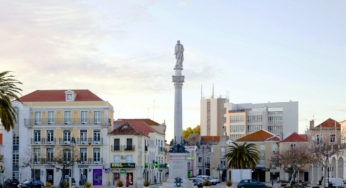Architecture of Europe
Architecture of Portugal
Architecture of Portugal refers to the architecture practiced in the territory of present-day Portugal since before the foundation of the…
Romanesque architecture in Poland
Romanesque architecture in Poland - Romanesque architecture in Poland, created in the years from about 1050 to about 1250. History…
Architecture of Norway
The architecture of Norway has evolved in response to changing economic conditions, technological advances, demographic fluctuations and cultural shifts. While…
Architecture of the Netherlands
Dutch architecture has played an important role in the international discourse on architecture in three eras. The first of these…
Architecture of Montenegro
The architecture of Montenegro is a mixture of many influences, from Roman and Venetian to Ottoman and modern times. Characteristics…
Architecture of Malta
Maltese architecture has been influenced by many different Mediterranean cultures and British architecture over its history. The first settlers on…
Architecture of the Republic of Macedonia
Architecture of the Republic of Macedonia refers to architecture ever practised on the territory of present-day Republic of Macedonia. The…
Architecture of Luxembourg
The architecture of Luxembourg probably extends back to the Treveri, a Celtic tribe who prospered in the 1st century BC.…
Architecture of Lithuania
The main and largest building of prehistoric masonry architecture is the Lower Castle in Vilnius. XIII century In the second…
Moscow Baroque
The Moscow Baroque is a conditional name for the style of Russian architecture in the last decades of the 17th…
Russian-Byzantine style
The Russian-Byzantine style, or Neo-Russian style, is a conditional common name for several different historical trends in Russian architecture of…
Russian Baroque
Russian Baroque - a common name for the varieties of the Baroque style, which were formed in the Russian state…
Architecture of Italy
Italy has a very broad and diverse architectural style, which cannot be simply classified by period or region, due to…
Architecture of Ireland
The architecture of the Republic of Ireland is one of the most visible features in the Irish countryside – with…
Architecture of Iceland
The architecture of Iceland draws from Scandinavian influences and, traditionally, was influenced by the lack of native trees on the…

